An emergency fund is an integral part of any financial plan. If you’ve ever had to suddenly come up with $500 for an unexpected expense like a car repair, you know how hard it can be without some savings set aside.
The size of your emergency fund depends on your situation and goals, but the most important thing is that you have one. You never know what life will throw at you, so it’s best to be prepared!
An emergency fund is a savings account that you set aside money for unexpected expenses. You can’t afford to pay for these expenses out of your regular budget, so the emergency fund is there to help.
There are a lot of reasons why you might need an emergency fund. Maybe you lose your job and need to cover rent or mortgage payments. Maybe you have a medical emergency and need to pay for hospital bills. Or maybe you just want to be prepared for the unexpected.
No matter your reasons, it’s important to have some savings set aside just in case. That way, you don’t have to worry about how you’ll pay for unexpected costs.
How much you save for your emergency fund depends on your own personal situation. But, generally speaking, you should try to save as much as possible. The more money you have saved up, the better prepared you’ll be for unexpected expenses.
It’s also important to remember that your emergency fund should be liquid. That means you should have easy access to the money if you need it. You don’t want to have to wait days or weeks for the funds to be transferred from one account to another. So make sure you have a savings account specifically for your emergency fund.
Try to save at least three months’ worth of living expenses if you can. That way’ll be able to cover the most unexpected expenses without taking too much out of your emergency fund.

How to Build an Emergency Fund in 2022
Building an emergency fund can be tricky, but it’s important to have one if you want to be prepared for the unexpected. Here are a few tips to help you get started:
1. Decide how much you need to save. This will depend on your situation, but try to save as much as possible. The more money you have saved up, the better prepared you’ll be for unexpected expenses. But as mentioned above, it’s suggested that you have 3-6 months’ worth of living expenses.
2. Open a savings account specifically for your emergency fund. This will make it easy to access the money when you need it, and you won’t have to worry about transferring funds from one account to another.
3. Make a budget and stick to it. If you know how much money you have, you’ll be able to save up for your emergency fund.
You never know what will happen tomorrow, so it’s important to be prepared for the unexpected. Saving at least three months’ worth of living expenses is a good start. Then make sure that the money in the account is liquid and easily accessible in case you need it.
An emergency fund is an essential part of any financial plan, and it’s a good idea to set one up while you’re young, especially in your 30s or 40s. An emergency fund can help cover sudden expenses like medical bills, job loss, or even general emergencies in life. It’s also tempting to spend all your savings on vacations and other fun activities or foolish shoes that will be out of style in a year, so make sure not to forget about the importance of saving for your future self!
Check out this video on 6 money mistakes to avoid in your 30s! Can you guess what #1 is??? Yup, you guessed it – not having an emergency fund! Watch the video to see the 5 other money mistakes you might be making right now in your 30s! Also, feel free to visit our resources page for other helpful tools and software to help you with managing your money and much more.

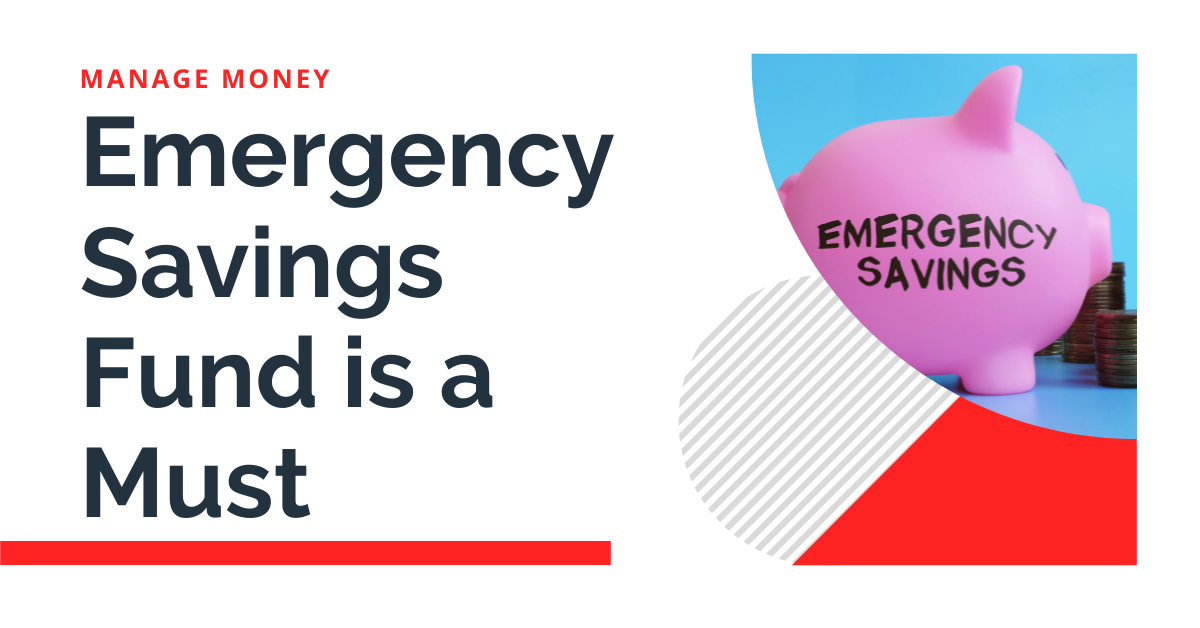
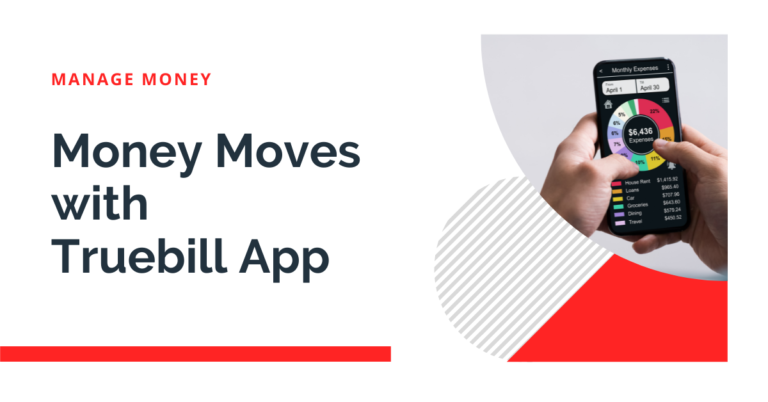


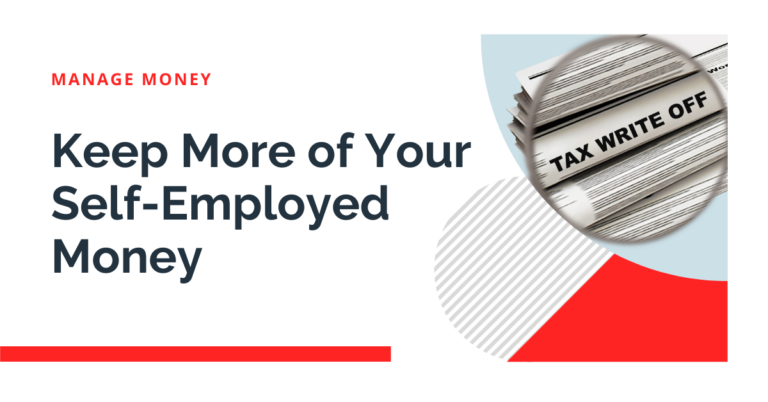
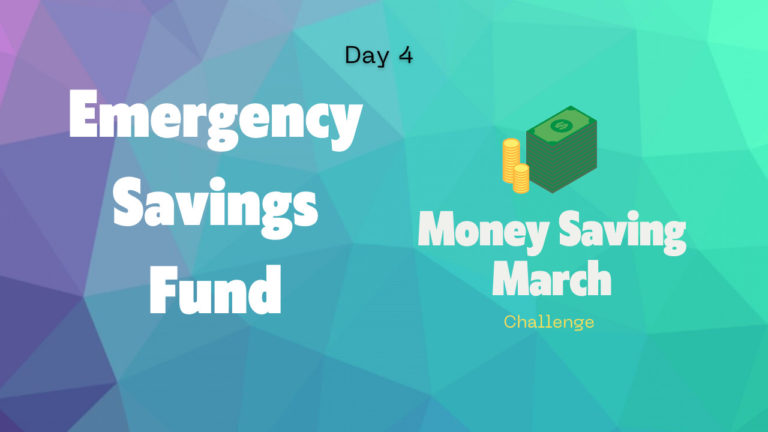
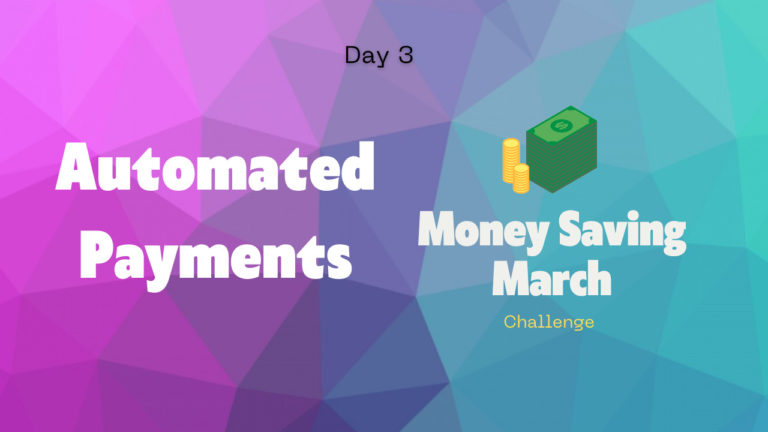
2 Comments